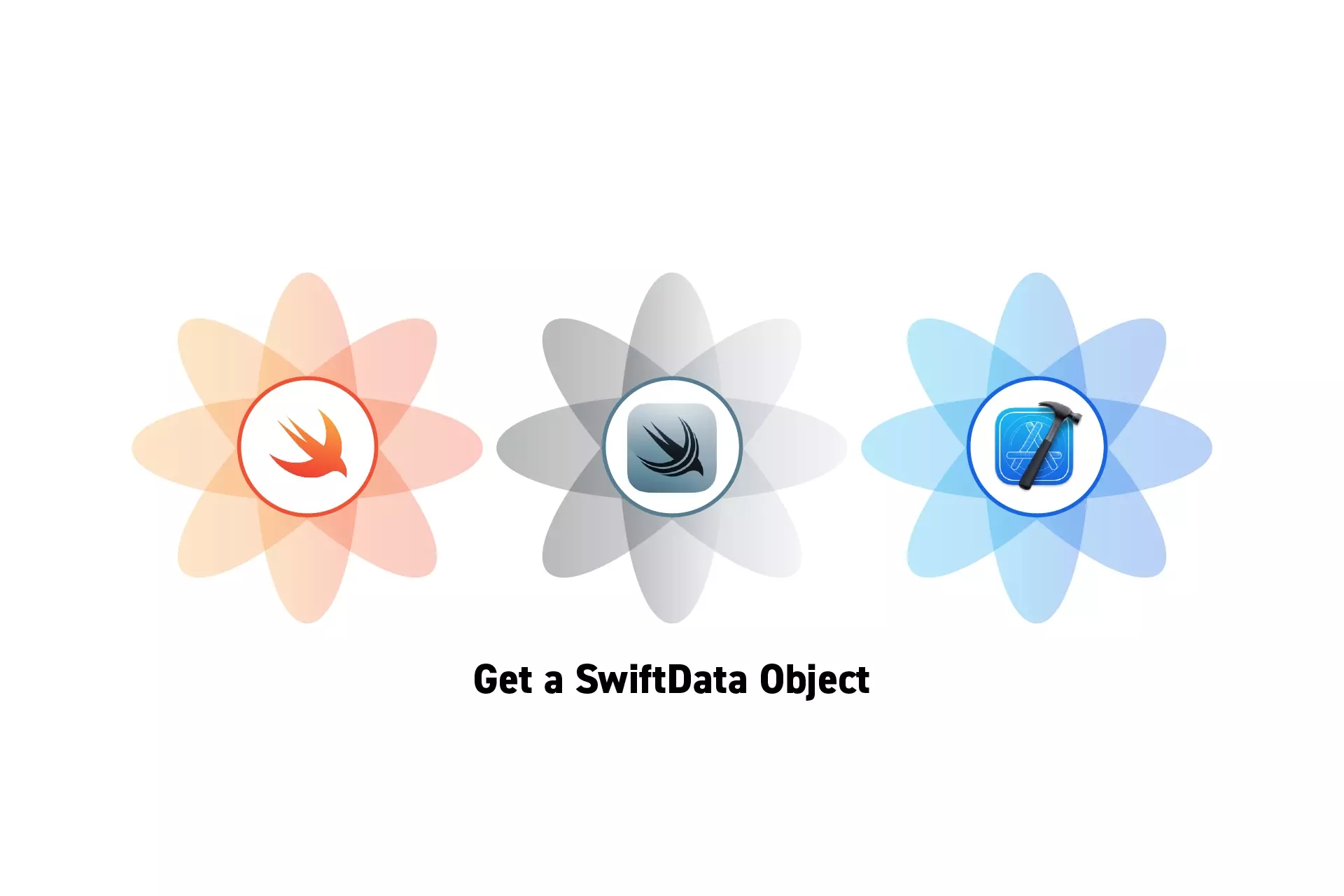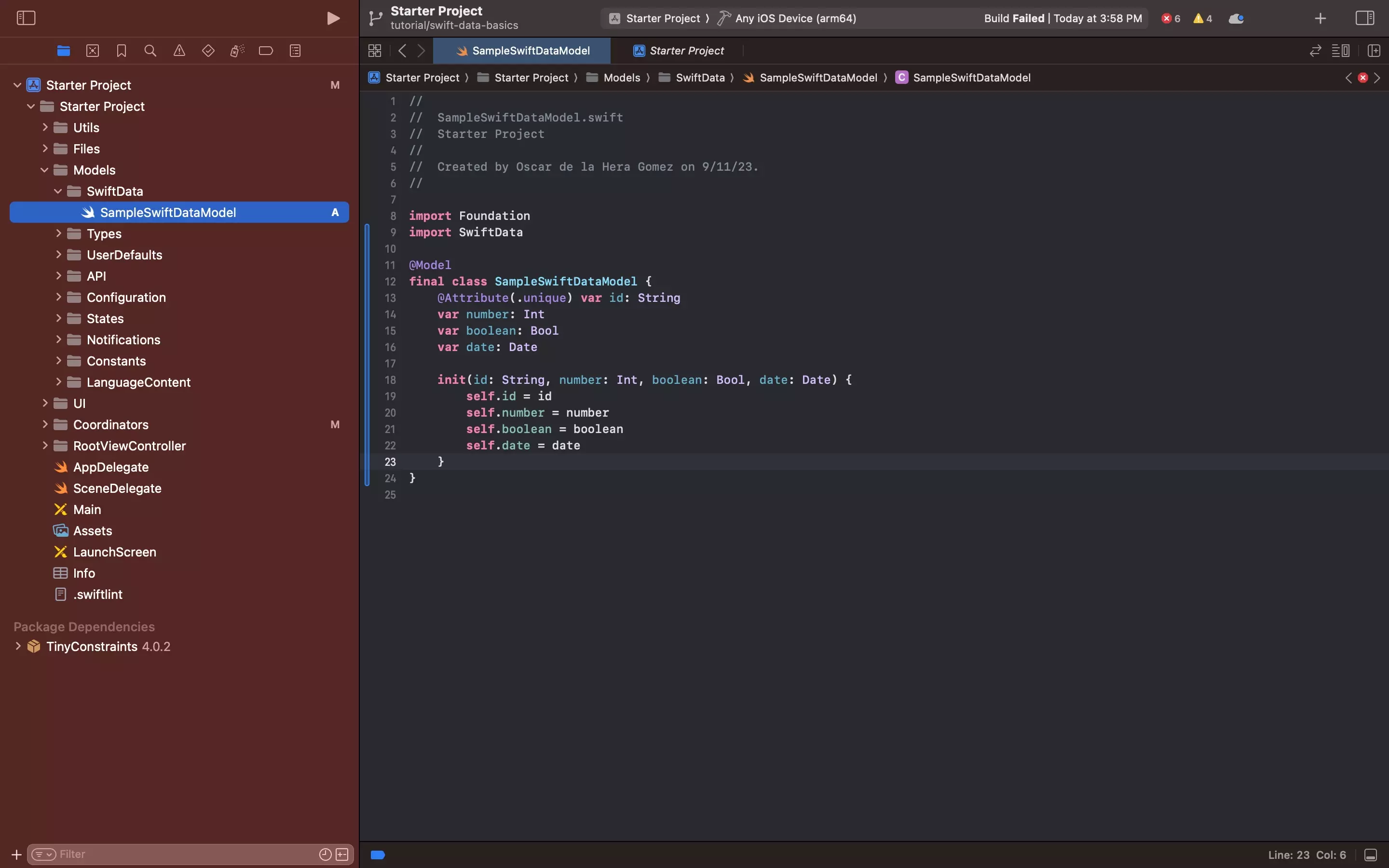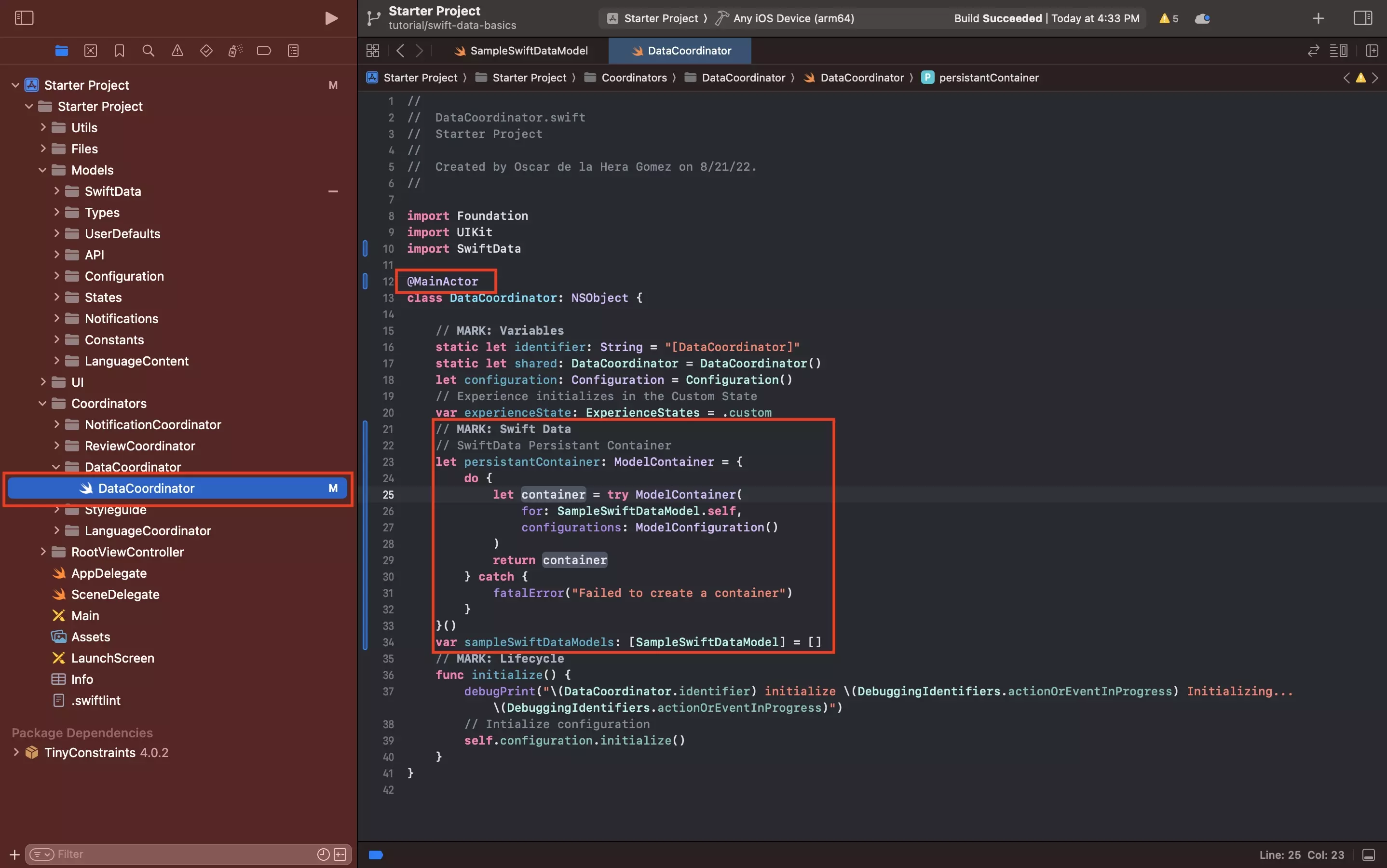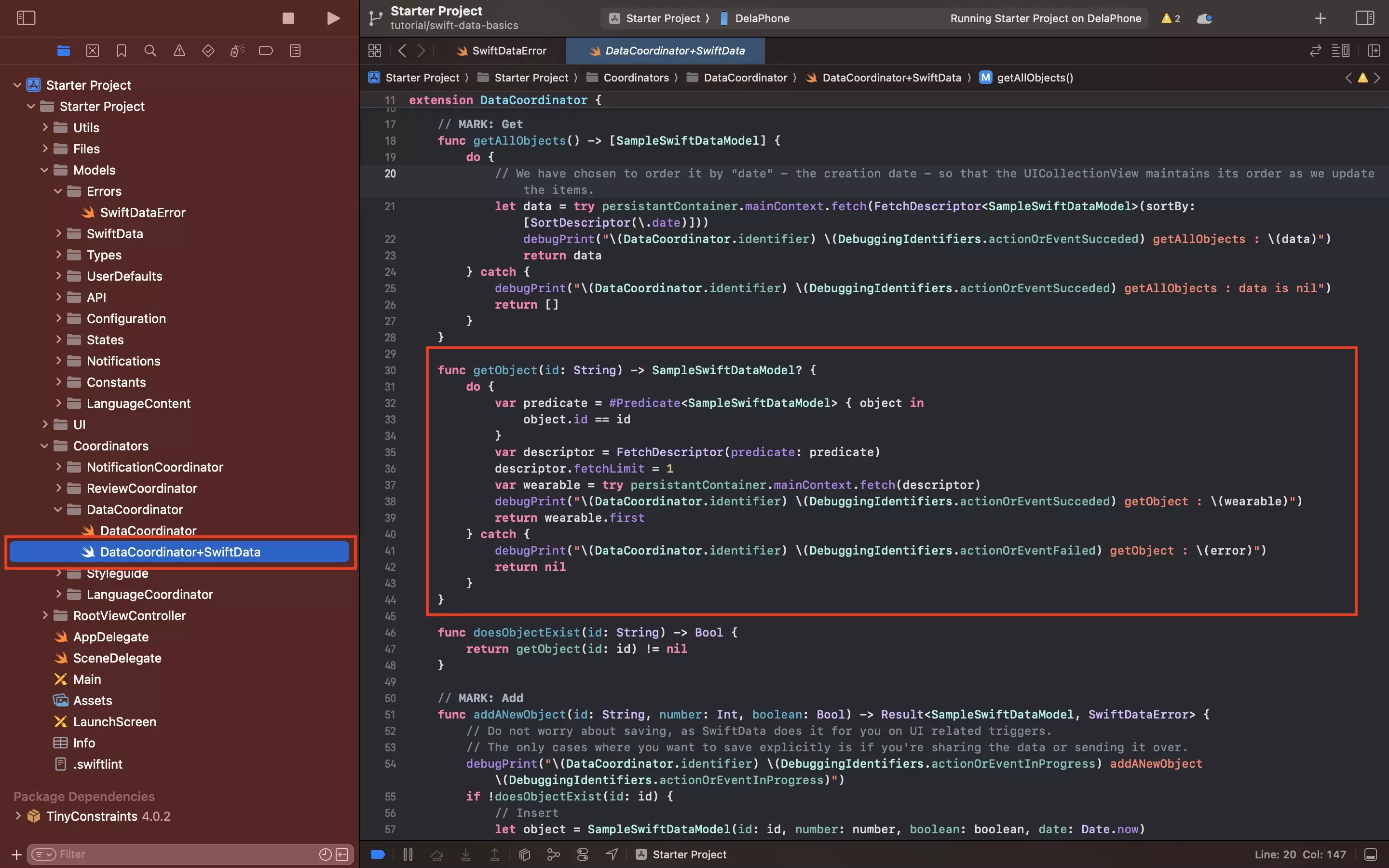How to get an object from SwiftData in Swift
A step by step guide on gathering a specific object from a SwiftData persistent storage container using SwiftUI, UIKit or AppKit.

A step by step guide on gathering a specific object from a SwiftData persistent storage container using SwiftUI, UIKit or AppKit.
SubscribeCheck out our SwiftData Quick Start GuideIn order to get an object, you must have created a SwiftData Model and persistent container.
Once you have done this, you can create a function that uses a Predicate macro to search the model for an object using a filter.
To learn more about this consult the WWDC videos linked below.

The following tutorial has been made available, along with a simple app for demonstrating SwiftData, through the tutorial/swift-data-basics branch on our Open Source Swift Starter Project.
git clone git@github.com:delasign/swift-starter-project.gitStep One: Create the Model

In the project, create a SwiftData model for the objects.
We recommend that you use a unique attribute, to allow you to efficiently search for specifically objects.
Step Two: Create the Persistent Container

Create a persistent container and an array to hold the objects using code similar to that below.
Please remember to replace _SwiftDataModelName_ with the name of the model that you created in Step One.
We recommend placing this functionality within a Singleton that acts as a MainActor. If you do not use a MainActor, you will have to use Async/Await patterns.
Step Three: Add the Functionality

Add functionality similar that below to the project to fetch a single objects based on the model you created in Step One.
Please note that we are filtering by id, as this is the unique attribute that we declared in Step One.
We recommend adding this to a file called DataCoordinator+SwiftData.swift, where DataCoordinator is the name of the MainActor singleton that manages the SwiftData.
For more information on FetchDescriptors and Predicates, we recommend checking out the links below.
Looking to learn more about things you can do with SwiftData, Swift or XCode ?
Consult our quick start guide or search our blog to find educational content on learning how to use SwiftData, Swift or XCode.